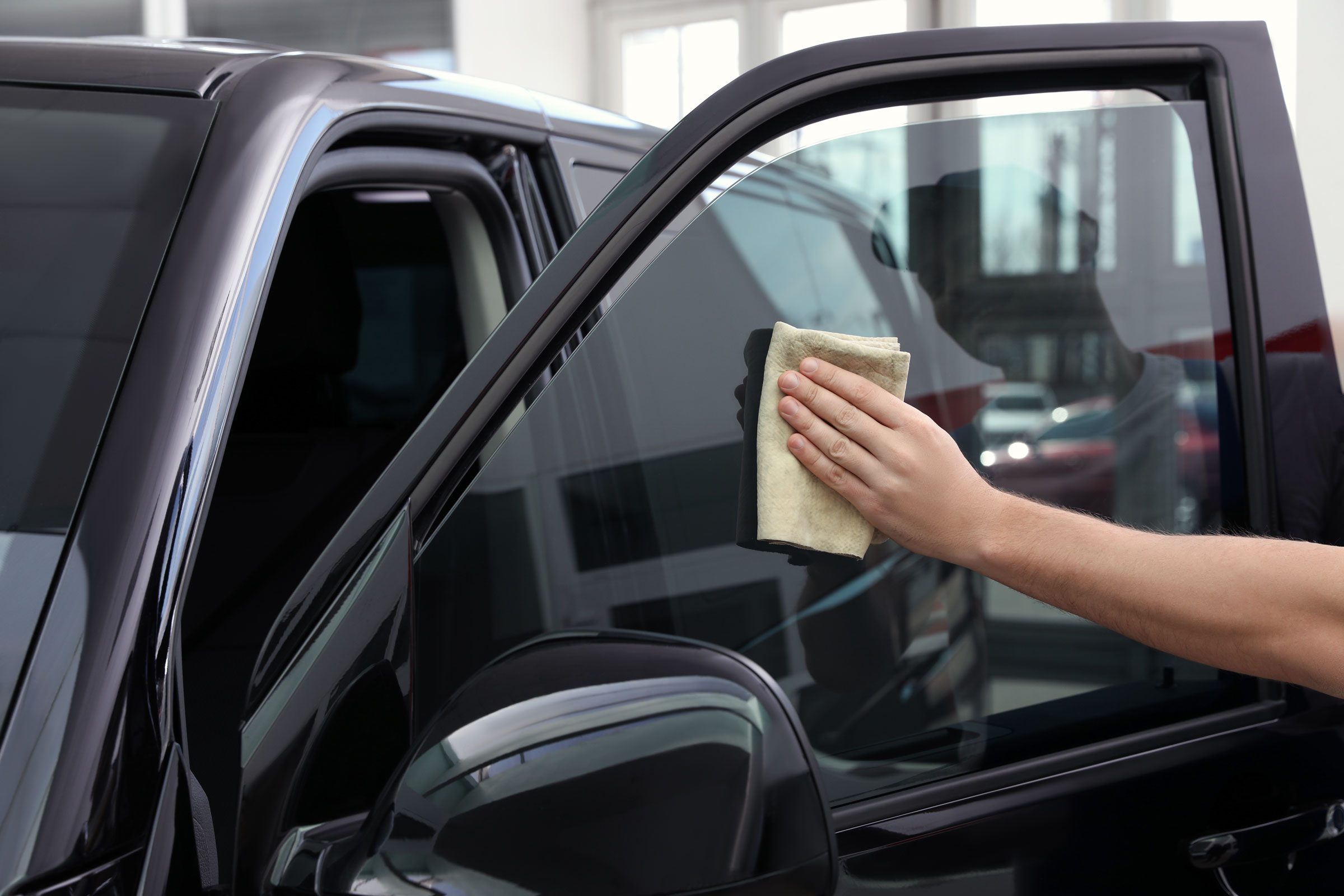Your Comprehensive Guide to DIY Window Tinting: Advice
Embarking on a DIY window tinting job offers an opportunity to improve both the functionality and aesthetics of your area. Before embarking on this endeavor, it is essential to navigate the intricacies of local tinting policies and pick an ideal movie that aligns with your purposes.
Understanding Home Window Tinting Regulations
Browsing the detailed landscape of home window tinting laws is vital for any type of DIY fanatic seeking to improve their car's appearances and comfort. Each state in the U.S. has particular guidelines regarding the allowed degrees of color on numerous home windows, which can significantly influence your decision-making process.
Normally, these legislations dictate the maximum permitted Noticeable Light Transmission (VLT) portion, which describes the amount of light that can go through the colored home windows. For circumstances, some states allow only a particular percentage of tint on the front windshield, while permitting darker shades on rear windows. Conformity with these laws is vital, as failing to stick can cause fines or the requirement to remove the tint entirely.
Additionally, there are frequently differences between passenger vehicles and commercial lorries, with various guidelines relating to each classification. It's recommended to consult your neighborhood Department of Electric motor Automobiles or equal authority to collect specific info tailored to your location. Comprehending these regulations not only ensures lawful compliance yet likewise improves safety by preserving exposure and avoiding possible hazards while driving.
Selecting the Right Color Movie
Selecting the ideal color movie is a crucial action in the DIY home window tinting process, as it straight affects both the look and capability of your automobile's windows. Numerous variables ought to lead your choice, including the kind of movie, its legal compliance, and your wanted outcomes.
First, think about the different sorts of color movies available: colored, metalized, ceramic, and crossbreed. Dyed movies provide a standard degree of privacy and warmth reduction yet might discolor gradually. Metalized movies use enhanced warmth rejection and longevity however can hinder digital signals. Ceramic movies, while a lot more pricey, offer premium heat resistance and UV protection without signal interruption.
Next, ensure that the film abides by local policies concerning noticeable light transmission (VLT) percents. Compliance with these regulations is crucial to stay clear of penalties and make sure security.
Important Devices for DIY Tinting
Having actually picked the best color movie for your windows, the next step includes gathering the essential devices to make sure an effective setup. The main devices you will need consist additional hints of an utility blade or a razor blade, which is crucial for cutting the tint film to the desired dimension. A squeegee is also important, as it assists eliminate air bubbles and smooth out the film throughout application.

Additionally, think about utilizing a warmth weapon or hairdryer, as this can help mold the color film to the contours of the window and help with adherence. Handwear covers are advisable to avoid fingerprints on the movie during installation. By collecting these vital devices, you will certainly be well-prepared to tackle your DIY window tinting task properly.
Step-by-Step Application Process
Begin by completely cleaning up the window surface to make certain ideal bond of the color film. As soon as the home window is clean, measure the tint movie against the home window, enabling for a minor overlap on all sides.
Lightly spray the window surface and the sticky side of the movie. Very carefully line up the movie with the top of the home window, ensuring it is straight. Use a squeegee to smooth the film, using company, even stress.
Trim any type of excess film from the sides with your energy knife. Finally, allow the read review color to treat for a minimum of 24-hour without rolling down the windows. This step is important for ensuring a durable application. Follow these actions carefully for optimal lead to your DIY home window tinting project.
Maintenance and Treatment Tips

It's advisable to wait at least a week after setup before cleaning your home windows to enable the sticky to fully heal. Throughout this preliminary duration, avoid rolling down the home windows to avoid any type of damage to the tint.
Routine maintenance entails checking the edges of the color for any type of signs of gurgling or lifting. If you notice any type of concerns, it's best to address them promptly to avoid more degeneration. In addition, be careful with the use of window therapies, such as shades or curtains, as they can produce warmth that might jeopardize the tint in time.
Conclusion
To conclude, taking on a DIY window tinting job requires mindful consideration of neighborhood guidelines, choice of ideal color films, and the usage of crucial tools. A methodical application procedure makes certain optimum outcomes, while routine maintenance adds to the long life of the tint - Moro Auto Spa Window Tinting. By sticking to these guidelines, people can attain both visual enhancement and enhanced privacy in their spaces, making DIY home window tinting a useful venture